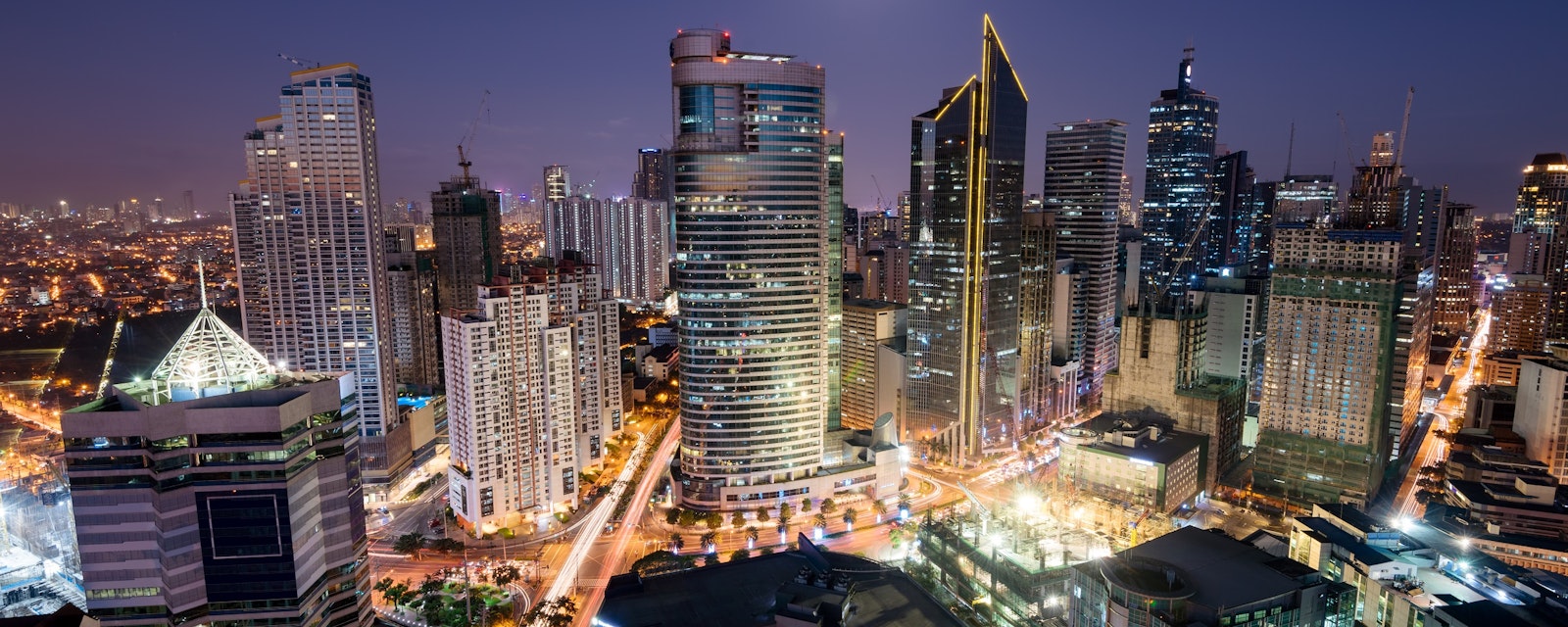New Covid-19 case and fatality numbers continue to set daily records in Indonesia, Thailand, Cambodia, and Myanmar, despite restrictions throughout the region generally being tightened during the past month.
Malaysia may also soon exceed its previous peaks. And, more broadly, the fear in these countries is that they have not yet substantially shifted the trajectory of their current outbreaks and could still be weeks away from their worst-case scenarios. Thailand today added more restrictions after Indonesia widened the coverage of its measures this week.
The delta variant is being blamed for the accelerated transmission, but beyond that, domestic conditions vary greatly. Hospitals are overflowing in Jakarta, while the situation is still manageable in Thailand and Malaysia. Myanmar’s situation remains highly uncertain, and possibly most at risk in the region, due to disruptions to the healthcare system caused by the civil unrest of the past few months. Despite these varying conditions, some key themes stand out for the next few weeks:
- No longer saved by zero. Countries are quietly shifting their position on tolerable case and fatality levels, stressing the need to allow some economic activity even though this may raise the target trend line of new cases per day. Thailand and Malaysia have practically abandoned the zero or near-zero levels that prevailed for much of last year, while Indonesia and the Philippines are willing to tolerate new daily infections in the high thousands, several times what they would have accepted last year. For some policymakers, hospital capacity, rather than new case numbers, has become their implied near-term marker — especially with the growing belief that vaccines help reduce the incidence of serious illness and, consequently, hospitalizations. This may generate some risks in the near term because some healthcare systems are only another spike away from being overburdened. Over the longer term, however, it may help improve the calibration of movement and business restrictions, as higher public and political tolerance for cases would allow governments more leeway in targeting their policies.
- Targeted vaccinations. With vaccine deliveries uneven, variants being a constant threat, and the economic threat from more lockdowns becoming less tenable politically, policymakers in several countries are adjusting their approach to vaccinations. The best-known example is the accelerated vaccination in tourism destinations such as Phuket and Bali to facilitate their reopening. This program could be expanded should the trials succeed and as the peak season, which starts in October, nears. In the Philippines, the lobby in the next few weeks could be for the greater metropolitan Manila area to be vaccinated faster than the rest of the country, not only because of its economic weight, but on the perception that the virus is primarily spread to the rest of the country by travelers from Manila. Cities could therefore receive a disproportionate share of vaccine supplies. Across Southeast Asia, migrant workers, especially those in the construction sector, could similarly be the target of accelerated vaccination to reduce cross-border transmission. However, this could generate internal resentment if non-vaccinated groups experience a marked economic disadvantage in the coming months.
- A booster after Sinovac. Media reports of healthcare workers becoming seriously ill having been inoculated with the Sinovac vaccine are generating pressure on governments to plan for booster shots for high-risk populations. But governments are wary of openly publicizing their concerns and plans because these may lead to first-time vaccine recipients avoiding Sinovac, especially since the vaccine is either the main supply or primary backup when other supply falls short in countries such as Indonesia, the Philippines, and Thailand. However, in some cases, misinformation that mRNA vaccines alter recipients’ DNA is also leading to a preference for Sinovac in the absence of other alternatives.




